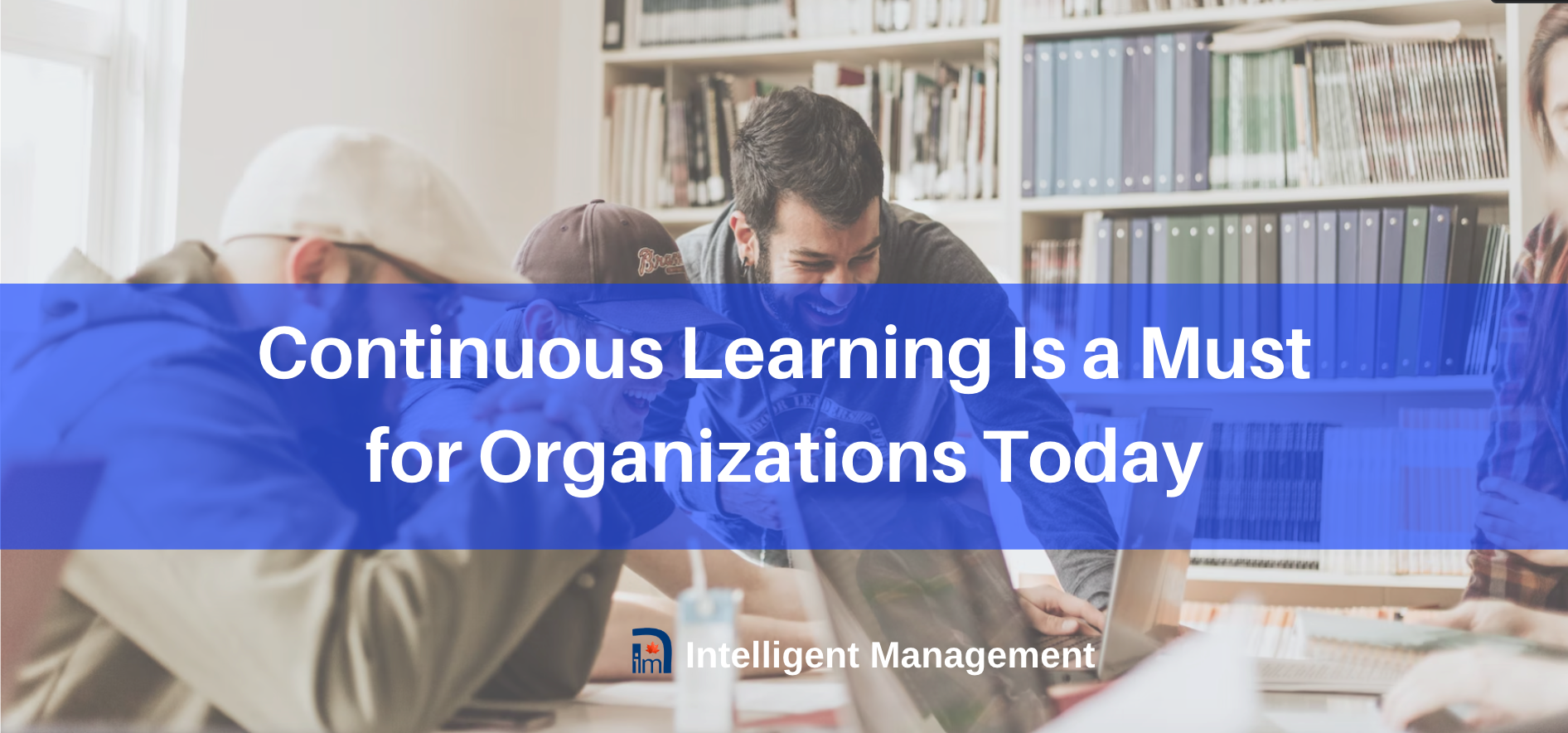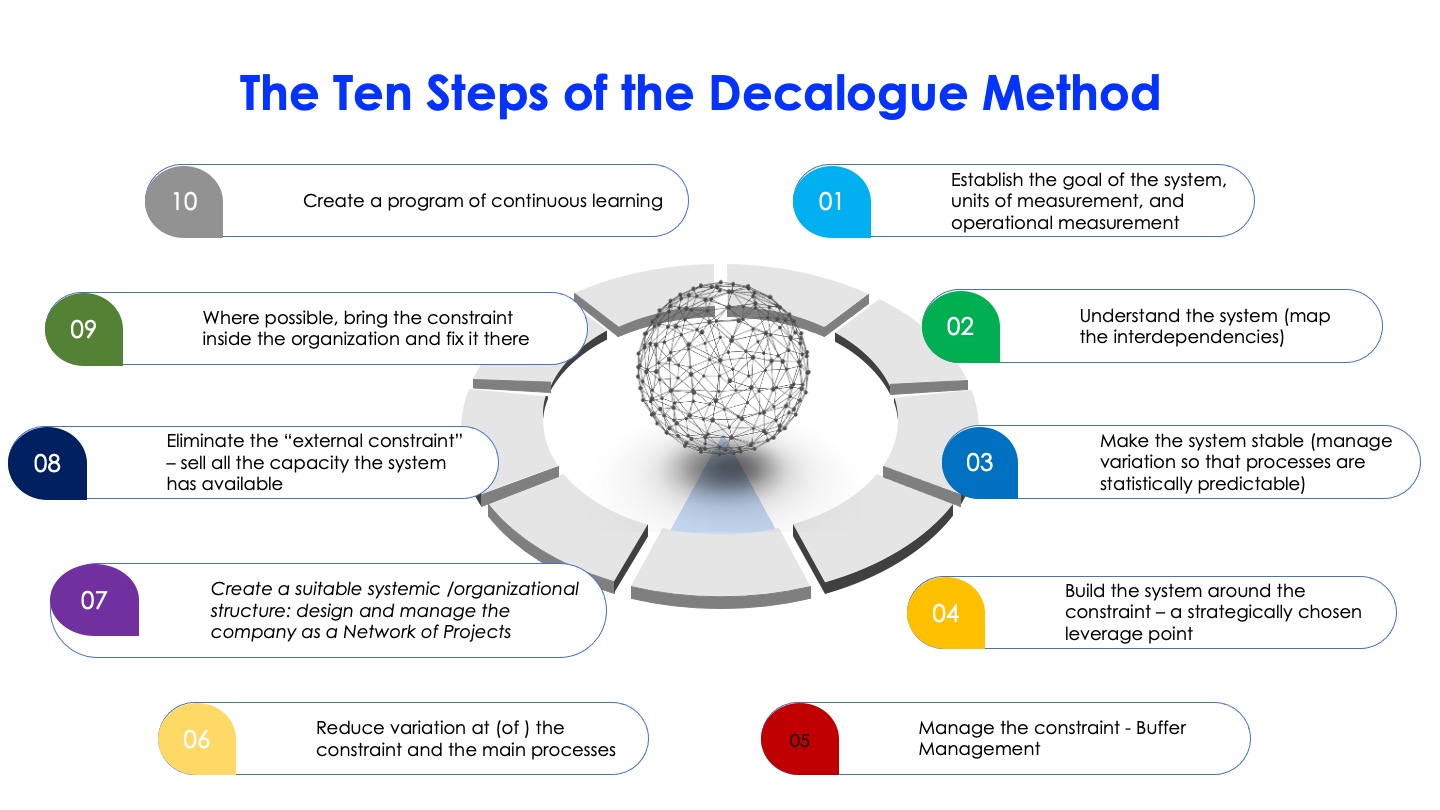
External reality continues to change at a hectic pace and we still have to guarantee that our organization is working properly and achieving its goal. This means we have to ensure a mechanism is in place that allows us to generate and update the knowledge we need in order to manage our system.
A systemic organization is one where continuous improvement is at its heart. To achieve this goal – to improve – it must embark on the process and the mindset of continuous learning. This is the essence of Step Ten of the Decalogue: Create a program of continuous learning.
What affects our ability to learn
The real voyage of discovery consists not in seeking new landscapes, but in having new eyes.
A la recherche du temps perdu, Marcel Proust
The starting point of any scientific investigation of the natural world is understanding the forces that act on and shape the subject under scrutiny. In a similar manner, to activate a transformational change in the way humans translate what they know into coherent behaviors, we have to understand the fundamental forces that act upon them and make them who they are. This is because these forces do influence the cognition process and limit or enhance the ability to learn.
The forces that shape how we learn and translate what we learn into consistent actions are not the same kind that we study in physics. These forces shape individuals as well as organizations and they are responsible for the mental models that limit the way we perceive the world around us.
We can understand these forces only if we pierce the outer layer of the self and we connect with the energy within. This energy, we can call it “life,” is what originates all of our faculties. Whether we look at this from a business, scientific, philosophical, or religious perspective, the issue of our inner energy is central for any development in our understanding of the human condition.
There are forces that trigger all those actions aimed at restraining our behaviors and act on us in a way that makes us develop the need for the control of the environment we are in. The development of these forces is very heavily influenced by the way we experience the world, by the defining moments of our life and by the social and cultural fabric in which we develop our relationships. The forces that shape the fundamental need for control that is common to any person need to be harnessed and refined if we want to avoid being dominated by them.
On the other hand, there are forces that drive us to desire to go beyond our current state and see ourselves projected into a different and greater dimension of existence. This is the reflection of an often untapped level of consciousness.
An expression of these forces can be found in two, seemingly conflicting desires that humans have, and harmonizing these is central for a thriving organization. These are the desires to:
◾ Belong and to bond (be part of a community)
◾ Develop our unique, distinct identity (be an individual)
The value of interactions

How can the interests of the community (organization) and the individual (employee) all be fulfilled and served? As Dr. Deming repeatedly pointed out, an individual’s performance within an organization is the result of what the individual is capable of PLUS all the interaction and interdependencies in which they are immersed. As a result of these interactions, Dr. Deming rightly claims that assessing individual performances in an organization is both dangerous and useless.
An organization is different from a group of people waiting for a bus not because they do not have a common goal, they do, but because an organization ties the individuals and their actions within a network of interdependencies. These ties have the power to multiply the outcome of these actions or, sadly, debase it. These ties create a unique way in which individuals interact and give origin to an entity “the organization,” that is subject, just like any individual, to the forces we described above. The modern lingo to describe the shaping impact of these forces is “corporate culture” and the job of traditional HR seems to have become the development of appropriate metrics. Such metrics are almost invariably psycho-statistical approximations that, more often than not, stifle innovation and beef up controlling syndromes.
The individual and the community

In a systemic organization, individual and organization are two aspects of the same thing and their interaction creates the emergent property of the organization as it behaves in the world. It is important to remember that:
- Both community and the need for individuality are needed and necessary;
- A “unity” of the two is possible: a community needs to be made up of individuals that contribute their unique competencies toward the goal;
- The organization and the individual must be nurtured and are of value in their own right;
- Each consists of the other: organizations can work in a way that fosters individual talent and contributions;
- Imperfect individuals are the elements of a continuously-improving-to-be-perfect community.
The most perfect community is made up of individuals exercising their individuality, developing their unique potential, and at the same time, the only way an individual can truly actualize their potential is through belonging to a healthy community. This is a place where meaningful work can be done.
The forces we have described above act upon the organization, guide its choices and reinforce the corporate culture; the individuals that are part of it become one with this culture, and the feedback loop “organization–individual” is constantly kept in motion. The knowledge and tools to create organizations that can foster quality, involvement, and flow in line with our legitimate ambition for meaningful work already exist and we hope to have illustrated a pathway toward an orderly acquisition of that knowledge throughout this series.
PREVIOUS POSTS IN OUR SERIES ABOUT A SYSTEMIC APPROACH TO ORG DESIGN, MANAGEMENT AND OPERATIONS:
Radically Improving Organizational Performance – A Systemic Approach to Management Part 1
Leadership for Complex Times – A Systemic Approach to Management Part 5
Working with Variation to Support Good Decision Making – A Systemic Approach Part 7
Why Your Organization’s Constraints Are the Key to Success – A Systemic Approach Part 8
Improving Flow Company Wide – A Systemic Approach Part 9
Controlling the Whole Organization through the Constraint – A Systemic Approach Part 10
End Silos and Dissatisfaction: Learn to Operate as a Network of Projects Organization – A Systemic Approach Part 12
Company Functions Are Limiting Your Organization’s Performance – A Systemic Approach Part 13
Are Companies with a Hierarchical/Functional Mindset Dinosaurs? A Systemic Approach Part 14
Shifting Your Focus from Cost to Throughput is How You Can Thrive–A Systemic Approach Part 15
Why HR Is So Much More than a Department – A Systemic Approach Part 17







Leave a Reply